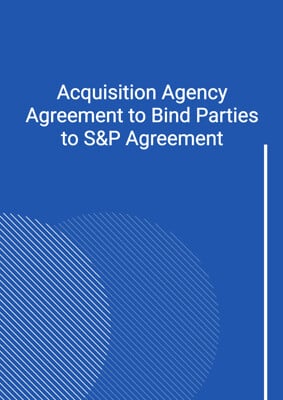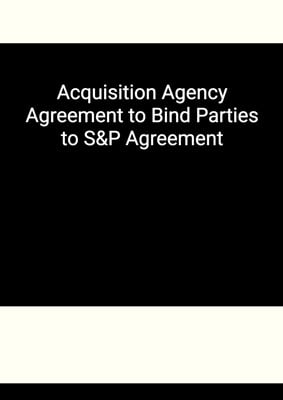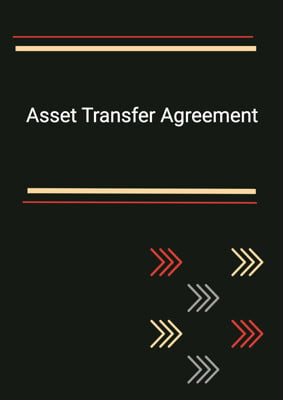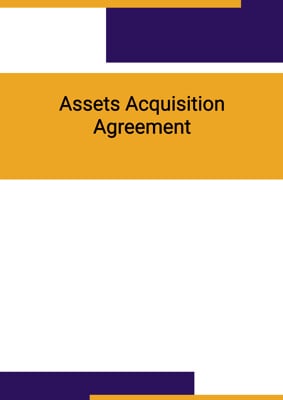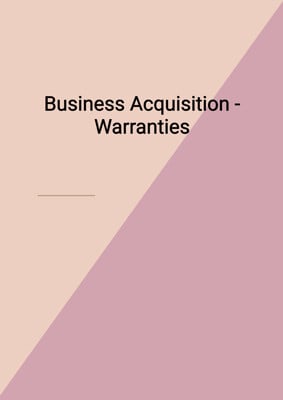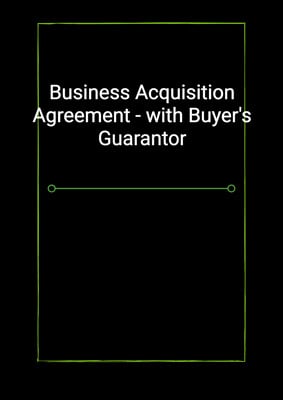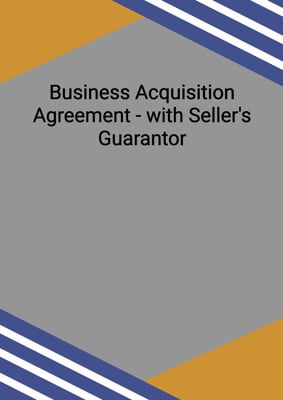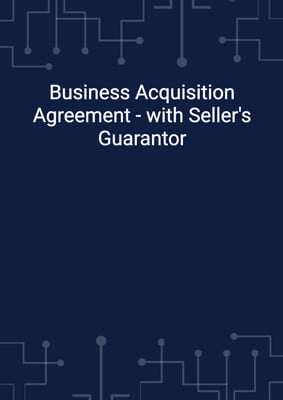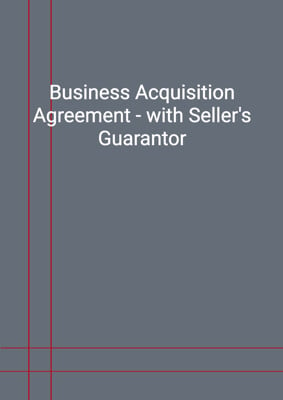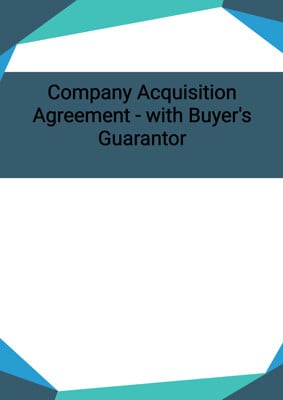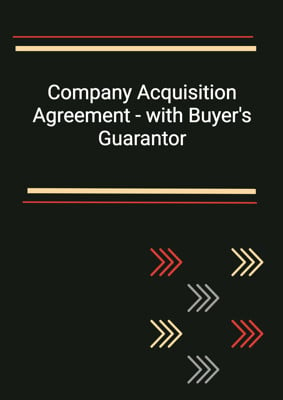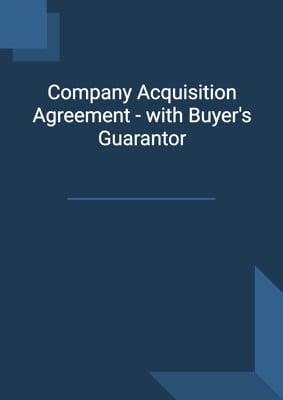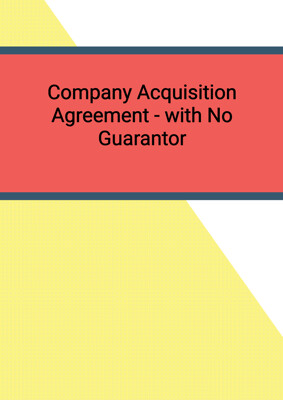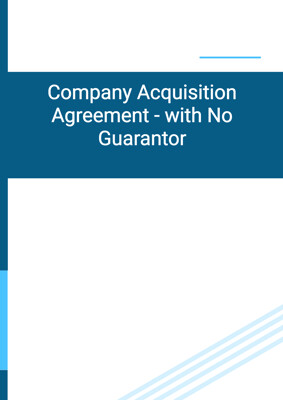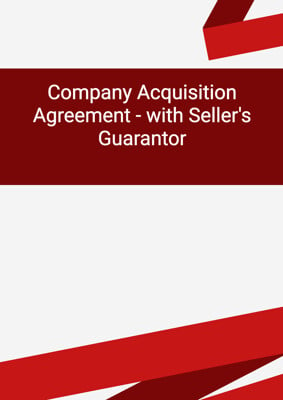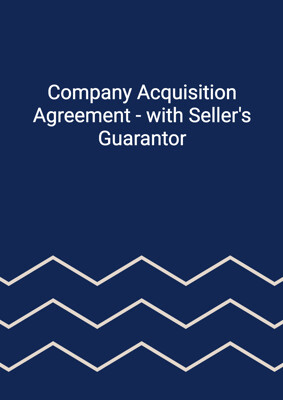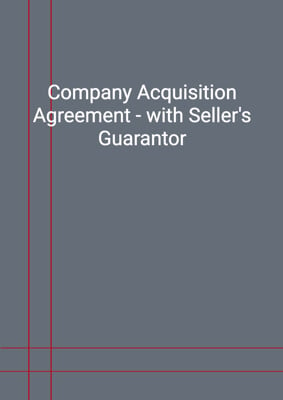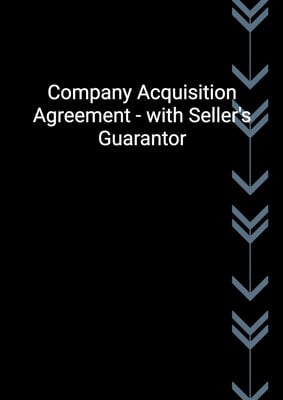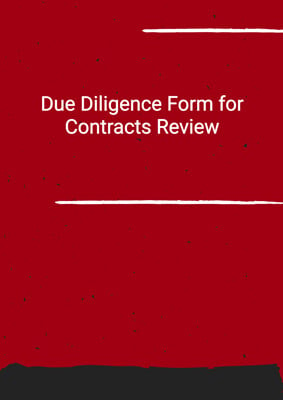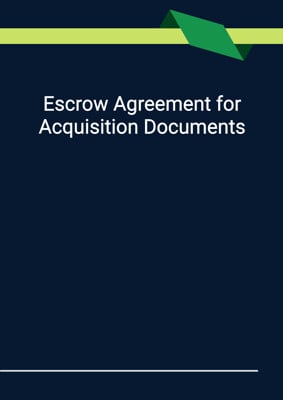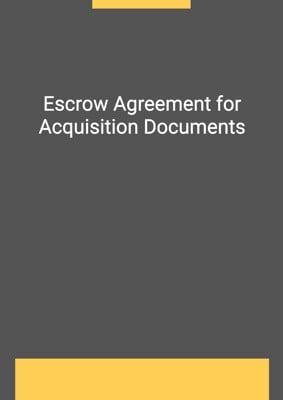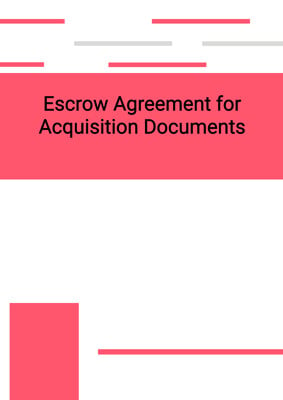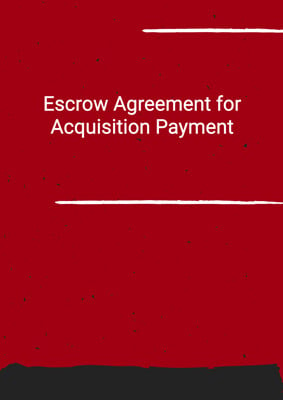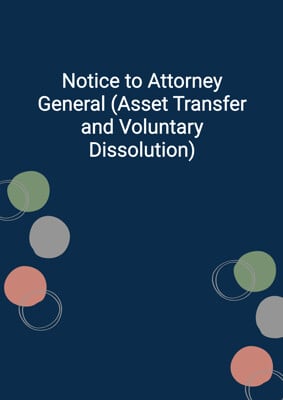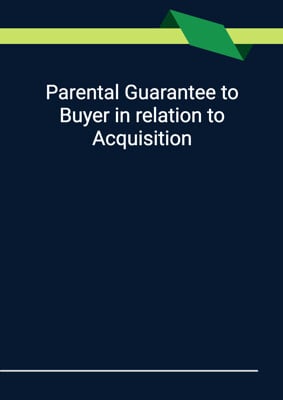How to Tailor the Document for Your Need?
01
Create Document
Fill in the details of the parties. You can click the "Fill with Member’s Information" button to complete it with information saved to your account.
02
Fill Information
Please fill in any additional information by following the step-by-step guide on the left hand side of the preview document and click the "Next" button.
03
Get Document
When you are done, click the "Get Document" button and you can download the document in Word or PDF format.
04
Review Document
Please get all parties to review the document carefully and make any final modifications to ensure that the details are correct before signing the document.
Document Preview
Document Description
The Assets Acquisition Agreement is a document that outlines the terms and conditions for the sale and purchase of certain assets between the Seller and the Buyer. The importance of this document lies in its ability to provide a clear and legally binding agreement between the parties involved.
The entire document is divided into multiple sections, each serving a specific purpose. The first section, titled 'Definitions', provides the meanings of various terms used throughout the agreement. This ensures that both parties have a clear understanding of the terminology used.
The second section, titled 'Transfer of Assets', outlines the details of the sale and purchase of the assets. It specifies whether the Buyer is purchasing a percentage share or all rights and title to the assets. The total value of the assets is also mentioned, along with the agreed purchase price and the method of payment.
The third section, titled 'Non-Assumption of Liabilities', clarifies that the Buyer will not be responsible for any liabilities or obligations of the Seller relating to the assets prior to the transfer date. This includes tax liabilities, environmental and health matters, and undisclosed liabilities.
The fourth section, titled 'Representations and Warranties', contains a list of warranties provided by the Seller to the Buyer. These warranties cover various aspects such as legal right and authority, title and encumbrances, condition of the assets, taxes and fees, planning regulations, ongoing obligations, and legal proceedings.
The fifth section, titled 'Conditions and Remedies', outlines the options available to the Buyer in case of breach of warranties by the Seller. The Buyer can demand damages or request specific actions to remedy the breaches. The section also covers the consequences of failure to perform material obligations.
The sixth section, titled 'Completion', specifies the date and location of the transfer of assets. It also lists the documents and possessions that the Seller must deliver to the Buyer upon completion.
The seventh section, titled 'Value Added Tax and Sales Tax', clarifies the party responsible for paying any applicable taxes and the requirement to provide records for tax purposes.
The eighth section, titled 'Limitations on Claims', sets limitations on the Seller's liability for claims made by the Buyer. It specifies the timeframe for notifying claims and the maximum amount of liability.
The ninth section, titled 'Buyer's Rights to Terminate', grants the Buyer the right to terminate the agreement in case of material breach by the Seller or breach of warranties. The consequences of termination are also mentioned.
The tenth section, titled 'Entire Agreement', states that this agreement supersedes any prior agreements or understandings between the parties regarding the sale and purchase of the assets. It also clarifies that no party has relied on any statements or representations not explicitly mentioned in the agreement.
The eleventh section, titled 'Costs', states that each party is responsible for its own costs related to the negotiation and implementation of the agreement. It also specifies the party responsible for paying any stamp duty or transfer taxes.
The twelfth section, titled 'Severability', ensures that if any provision of the agreement is deemed invalid or unenforceable, it will not affect the validity of the remaining provisions.
The thirteenth section, titled 'Counterparts', allows the agreement to be executed in multiple counterparts, with each counterpart considered an original.
The fourteenth section, titled 'Further Assurance', obligates the Seller to perform any additional acts or provide additional documents necessary to implement the agreement.
The fifteenth section, titled 'Notices and Service', outlines the requirements for giving notice to the other party, including the methods of delivery and the addresses to which notices should be sent.
The sixteenth section, titled 'Non-Assignment', specifies the circumstances under which the Buyer can assign the rights under the agreement to other members of its group or to banks or financial institutions. It also prohibits any other assignment without the written consent of the other party.
The seventeenth section, titled 'Variation', states that any variation of the agreement must be in writing and signed by both parties. It also clarifies that any variation does not affect the rights and obligations already accrued.
The eighteenth section, titled 'Waivers, Rights, and Remedies', emphasizes that the Buyer's rights and remedies under the agreement are cumulative and can be exercised as deemed appropriate. It also clarifies that the Seller's liabilities under the agreement are not released or impaired by certain events or investigations.
The nineteenth section, titled 'No Rights of Third Parties', states that only the parties to the agreement have the right to enforce its terms.
The twentieth section, titled 'Governing Law and Jurisdiction', specifies that the agreement is governed by a particular jurisdiction and any disputes will be subject to the jurisdiction's laws and courts.
How to use this document?
To use the Assets Acquisition Agreement, follow these steps:
1. Review the agreement: Familiarize yourself with the entire agreement, including the definitions, transfer of assets, representations and warranties, conditions and remedies, completion, and other sections.
2. Customize the agreement: Fill in the necessary information such as the names and addresses of the parties, description of the assets, purchase price, payment method, and any specific terms or conditions.
3. Seek legal advice if needed: If you have any questions or concerns about the agreement, consult with a lawyer or legal professional to ensure that it meets your specific requirements.
4. Negotiate and finalize the agreement: Discuss any changes or amendments to the agreement with the other party and come to a mutual agreement. Make sure all parties involved sign the agreement.
5. Transfer the assets: On the completion date specified in the agreement, ensure that all necessary documents and possessions related to the assets are delivered to the Buyer as outlined in the agreement.
6. Comply with tax obligations: If applicable, ensure that any value added tax or sales tax related to the transfer of assets is paid by the Seller. Provide all relevant records for tax purposes.
7. Monitor and enforce the agreement: Both parties should fulfill their obligations as stated in the agreement. If any breaches or issues arise, follow the procedures outlined in the agreement for resolving disputes or seeking remedies.
8. Keep records: Maintain copies of the signed agreement, any correspondence related to the agreement, and any other relevant documents for future reference.
Note: This guidance is provided for informational purposes only and does not constitute legal advice. It is recommended to consult with a legal professional for specific legal advice related to the Assets Acquisition Agreement.
Not the right document?
Don’t worry, we have thousands of documents for you to choose from:


